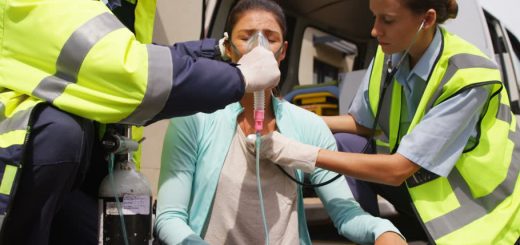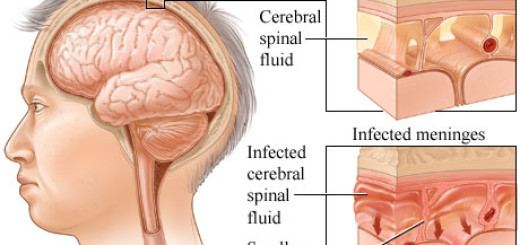Airway obstruction in Children and Infants
Airway obstruction occurs when children are unable to breathe normally because food or other objects block their internal airways (choking); materials cover or block their external airways (suffocation); or items become wrapped around their necks and interfere with breathing (strangulation).
Since children under 3 have relatively small airways, they are more vulnerable to airway obstruction death and injury. The facts that they have little experience with chewing, and they have a natural tendency to put objects in their mouths contribute to their vulnerability also. Infants are at an even greater risk because of their inability to lift their heads or extricate themselves from tight places.
Choking
The majority of childhood choking injuries and deaths are associated with food items. Peanuts and pennies remain the most common items for childhood choking injuries.
Children are at risk from choking on:
- Nuts
- Hard Candies
- Hot Dogs
- Raw Carrots
- Popcorn
- Grapes
- Raisins
- Small Toy Parts
- Coins
- Balloons
- Jewelry
- Button Batteries
- Nails, Screws
- Safety Pins
- Small Balls
Strangulation
Most often, children strangle in window covering cords and clothing drawstrings.
Other items include:
- Ribbons
- Necklaces
- Pacifier Strings
Children also strangle in openings large enough to permit the passing of their bodies, but are too small for, and entrap their heads.
These spaces include:
- Bunk beds
- Cribs
- Playground equipment
- Baby strollers
- Carriages
- High Chairs.
Suffocation
Infants suffocate when their faces become wedged against or buried in a mattress pillow, infant cushion, or other soft bedding; someone in the same bed rolls over on them; or their mouths and noses are covered by or pressed against a plastic bag. Children suffocate by becoming trapped in household appliances, such as refrigerators, dryers, and toy chests.
What are some ways to prevent these injuries?
- Place infants to sleep on their backs on a firm, flat mattress in a crib that meets national safety standards – look for a Juvenile Products Manufacturers Association certification label. Remove pillows, comforters, toys and other soft products from the crib.
- Always supervise young children while they are eating and playing. Do not allow children under age 6 to eat round or hard foods like peanuts and other nuts, raw carrots, popcorn, seeds, or hard candy. Children under age six should not eat hot dogs or grapes until the skin is removed and the food is chopped into small, non-round pieces.
- Learn First Aid and CPR.
- Consider purchasing a small parts tester to determine whether or not small toys and objects in your home may present a choking hazard to young children.
- Ensure that children play with age-appropriate toys according to safety labels. Inspect old and new toys regularly for damage. Make any necessary repairs or discard damaged toys.
- Remove hood and neck drawstrings from all children’s outerwear. To prevent strangulation, never allow children to wear necklaces, purses, scarves, or clothing with drawstrings while on playgrounds.
- Tie up all window blind and drapery cords or cut the ends and retrofit with safety tassels. Never hang anything on or above a crib with string or ribbon longer than seven inches.
- Do not allow children under age 6 to sleep on the top bunk of a bunk bed. Ensure that all spaces between the guardrail and bed frame and all spaces in the head and footboards are less than 3.5 inches.





